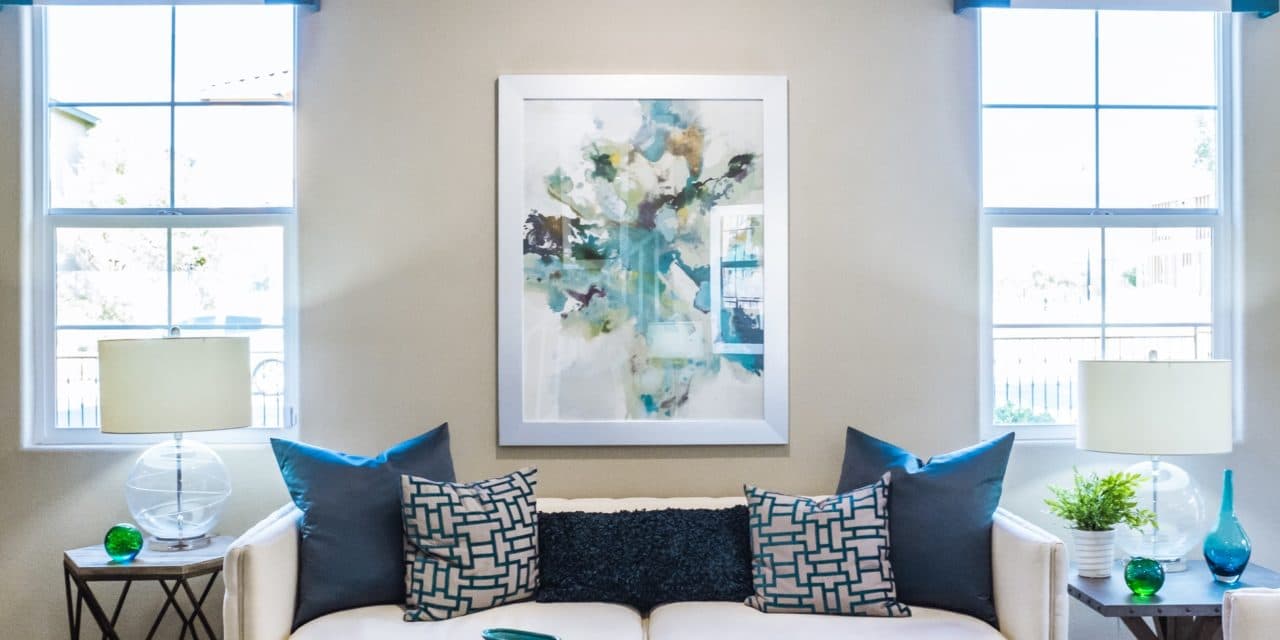[ad_1]
Little did anyone know back in the 1970's that the first simple tri-fold futon frame designs would lead to so much more. Over the decades the futon industry has grown from unfinished basic slatted wood frames resting on the ground into actual furniture groupings consisting of anything from sofas, loveseats or matching chairs. In this article we'll examine what makes futons practical for the home and some of the basics of shopping for the futon that's right for you.
The first futons were referred to as tri-fold. Tri-fold means that three sections make up the frame of the futon and as such the futon operates using these three sections to create the sleep surface and seating. Early models required locking pins but more modern designs were developed that did away with this by incorporating an improved design that folded up under itself. The only thing not going for these frames is that they would sit very low to the ground making them a great choice only for those who get in and out of them easily. Today you'll find these frames offered in more specialty futon stores as they are typically made from pine and are left unfinished. Tri-fold futons are still sold today and usually offered at much lower price points.
Next, bi-fold futons would make it onto the scene in the early 1980's. These frames while not as simple and inexpensive as the tri-fold designs allowed for greater creativity and design and looked more like conventional furniture. Bi-fold futon frames as their name suggests are made with two sections a seat and back rack. The design of these futon frames allowed for easier conversion from a sofa to a bed and back again and offered seating at the same height as most other furniture making them perfect for anyone. Arms at each end of the futon would be made in various designs and styles allowing for easy integration into almost any room. Bi-Fold futon frames are made in sofa, loveseat and chair sizes and are often available with matching tables and ottomans.
The advantage that futons have over conventional furniture is in the assembly of these frames. Because they come flat in about six primary parts they are easy to get around tough corners in a home or into tight spaces where most furniture can't go. Why is this important? Most upholstered furniture can't be easily disassembled to fit through tight spaces. Futons can, and can easily. In most cases you simply take each part in one at a time and then assemble it in the room. What could be easier?
Futon mattresses are the next component you'll need. The early futon mattresses consisted of a duck twill covering and were often filled with straight cotton batting. While soft and pretty comfortable, the issue with straight batting is that it would mat down quickly. Manufacturers developed a better design in adding convoluted and straight higher density foam cores into the mattress designs and this much improved the longevity of the futon mattresses. Innerspring mattresses were introduced later and added a feel that was more closely associated with conventional furniture for consumers who liked the idea of futons but desired the feeling and support of springs.
The last component to choose is a futon cover. Much like shopping for bedding, instead of sheets and blankets you'll want to pick out a futon cover. Today's covers are available in a wide variety of designs and colors to choose from. Some are made with upholstery grade fabric while others can be thin like sheeting. Pricing will of course reflect the materials used as well as construction or custom options selected.
Futons are a great alternative when you need furniture that must double as both a sofa and bed. Many improvements in designs and construction have taken place since futons first came onto the scene in the 70's. The core makeup of futons has stayed the same however. When shopping for a futon choose three components which include a frame, mattress and cover. These are available in a variety of options. You're sure to find the one that's just right for your own unique space.
[ad_2]
Source by Phil Pendleton


